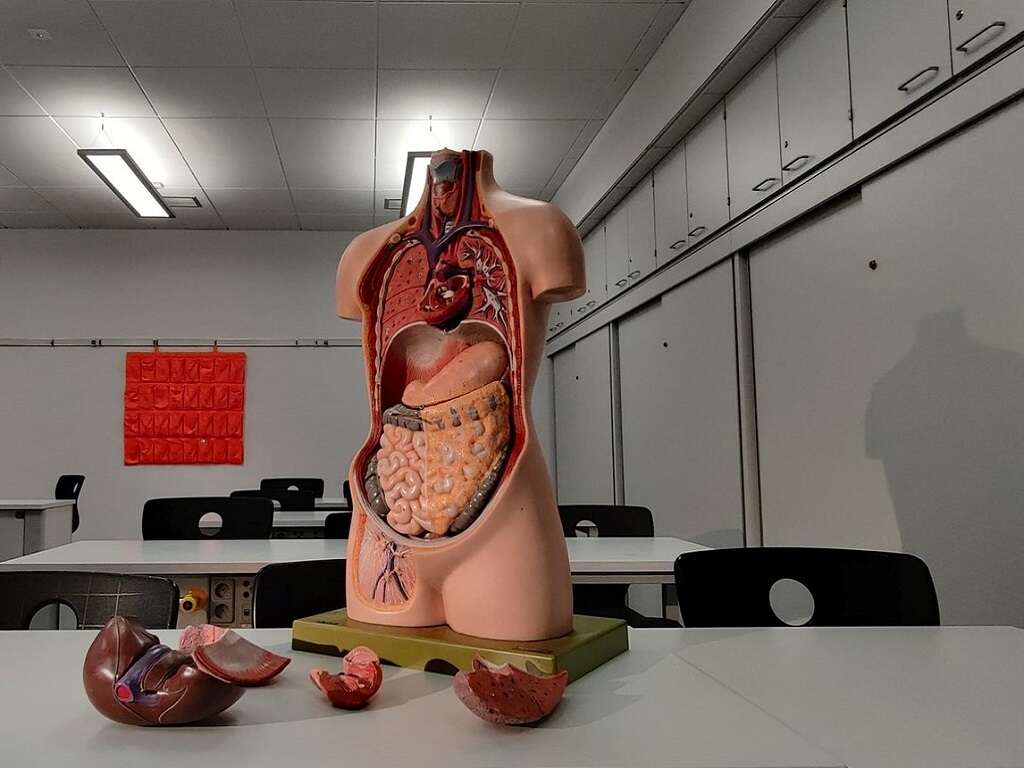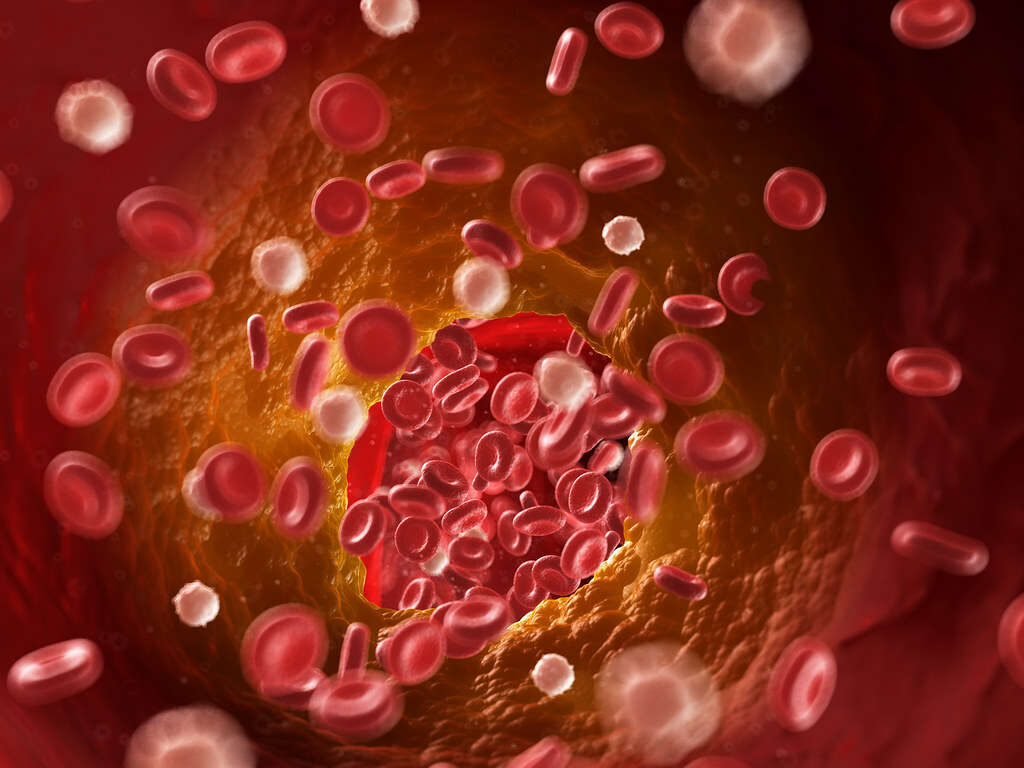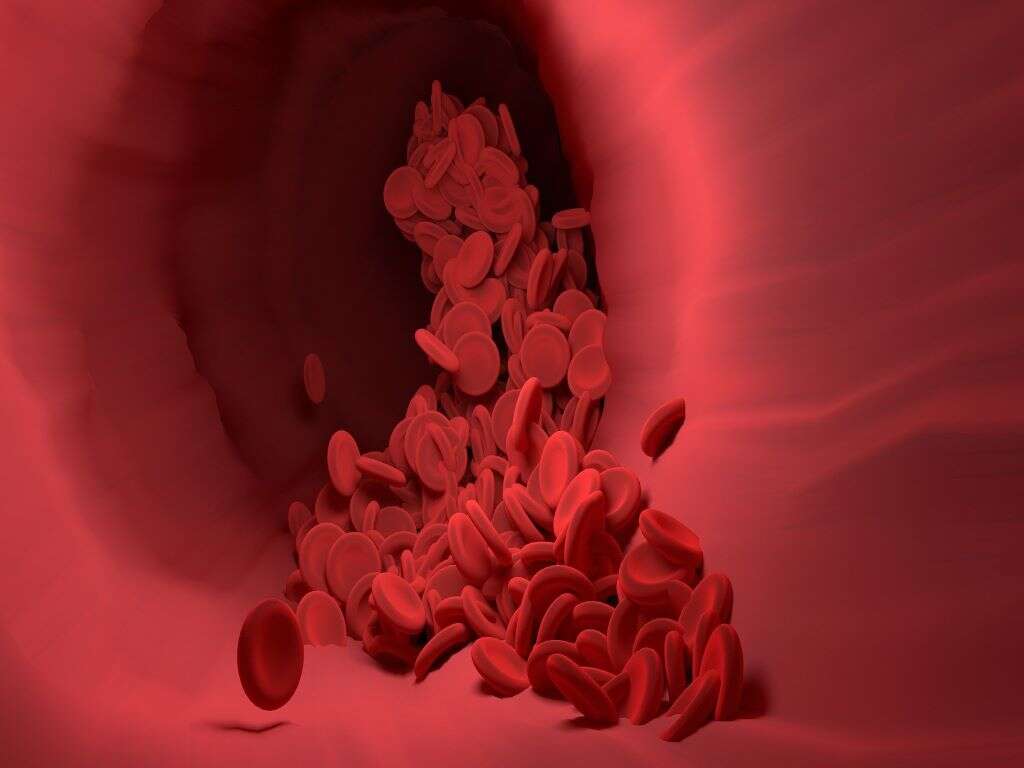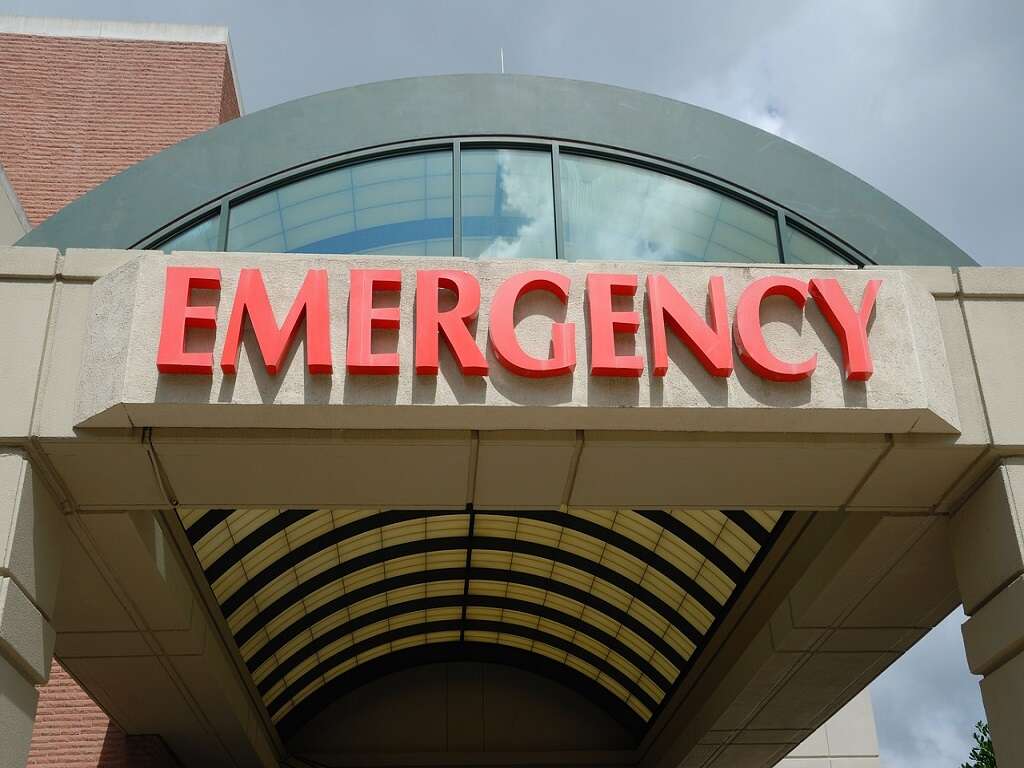Hemoptysis Definition, Causes and More
 Article Sources
Article Sources
- 1. Jacob L. Bidwell | Robert W. Pachner. 'Hemoptysis: Diagnosis and Management.' American Family Physician, aafp.org/afp/2005/1001/p1253.html.
- 2. Radchenko, C., et al. 'A Systematic Approach to the Management of Massive Hemoptysis.' PubMed Central, ncbi.nlm.nih.gov/pmc/articles/PMC5696556.
- 3. 'Hematemesis.' Cancer Therapy Advisor, 17 2019, cancertherapyadvisor.com/home/decision-support-in-medicine/hospital-medicine/hematemesis.
- 4. 'Evaluation of Hemoptysis.' Clinical Decision Support for Health Professionals, 2 2020, bestpractice.bmj.com/topics/en-us/1039.
- 5. Gershman, E., et al. 'Management of Hemoptysis in Patients with Lung Cancer.' PubMed Central, ncbi.nlm.nih.gov/pmc/articles/PMC6712256.
- 6. 'Etiology and Management of Pediatric Hemoptysis.' JAMA Network, 1 Apr. 2001, jamanetwork.com/journals/jamaotolaryngology/fullarticle/482262.
4. Physical Examination
Evaluating a patient's medical history improves the focus and accuracy of a differential diagnosis.1Jacob L. Bidwell | Robert W. Pachner. ‘Hemoptysis: Diagnosis and Management.’ American Family Physician, aafp.org/afp/2005/1001/p1253.html. Doctors record a person's vital signs, including fever, tachypnea, tachycardia, hypoxia, weight changes and pulse oximetry.
They may note the patient's constitutional signs, such as their level of distress and cachexia. Doctors may also inspect the skin and mucous membranes and examine the lymph nodes. A cardiovascular exam may be performed, along with an inspection of the chest and lungs. Finally, the doctor may examine the patient's abdomen and extremities.
Advertisement











